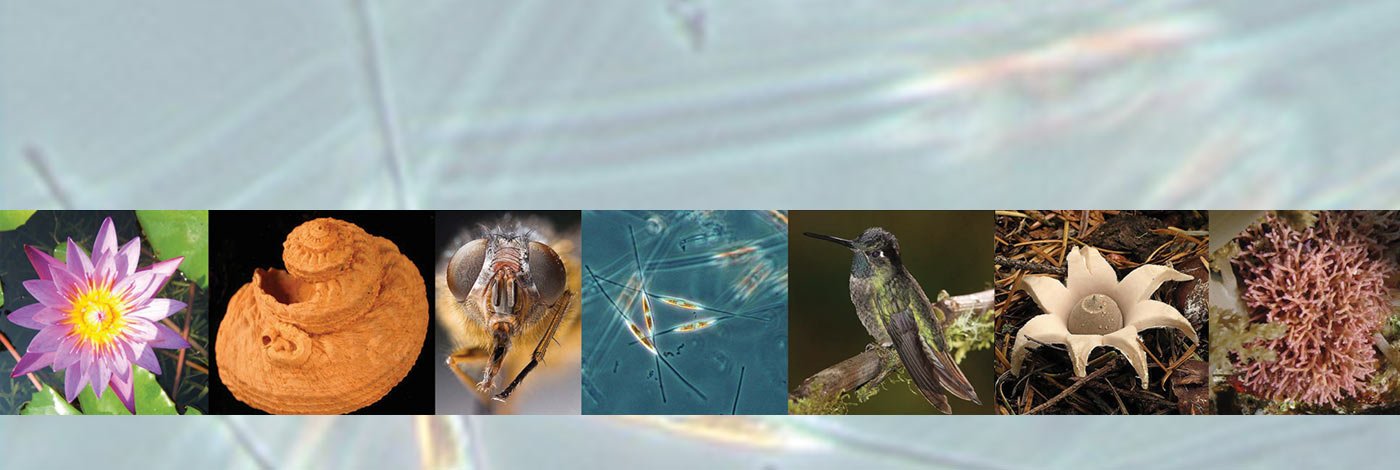
 European Journal of Taxonomy
2013 (66) - Pages 1-59 (EJT-66)
European Journal of Taxonomy
2013 (66) - Pages 1-59 (EJT-66)The ostracod genus Bennelongia De Deckker & McKenzie, 1981 is endemic to Australia and New Zealand. Extensive sampling in Western Australia (WA) revealed a high specific and largely undescribed diversity. Here, we describe seven new species belonging to the B. barangaroo lineage: B. timmsi sp. nov., B. gnamma sp. nov., B. hirsuta sp. nov., B. ivanae sp. nov., B. mcraeae sp. nov., B. scanloni sp. nov. and B. calei sp. nov., and confirm the presence of an additional species, B. dedeckkeri, in WA. For five of these eight species, we could construct molecular phylogenies and parsimonious networks based on COI sequences. We also tested for cryptic diversity and specific status of clusters with a statistical method based on the evolutionary genetic species concept, namely Birky’s 4 theta rule. The analyses support the existence of these five species and a further three cryptic species in the WA B. barangaroo lineage. The molecular evidence was particularly relevant because most species described herein have very similar morphologies and can be distinguished from each other only by the shape, size and position of the antero-ventral lapel on the right valve, and, in sexual populations, by the small differences in shape of the hemipenes and the prehensile palps in males. Four species of the WA B. barangaroo lineage occur in small temporary rock pools (gnammas) on rocky outcrops. The other four species are mainly found in soft bottomed seasonal water bodies. One of the latter species, B. scanloni sp. nov., occurs in both claypans and deeper rock pools (pit gnammas). All species, except for B. dedeckkeri, originally described from Queensland, have quite clearly delimited distributions in WA. With the seven new species described here, the genus Bennelongia now comprises 25 nominal species but several more await formal description.
Taxonomy, evolution, cryptic species, biodiversity, Western Australia.